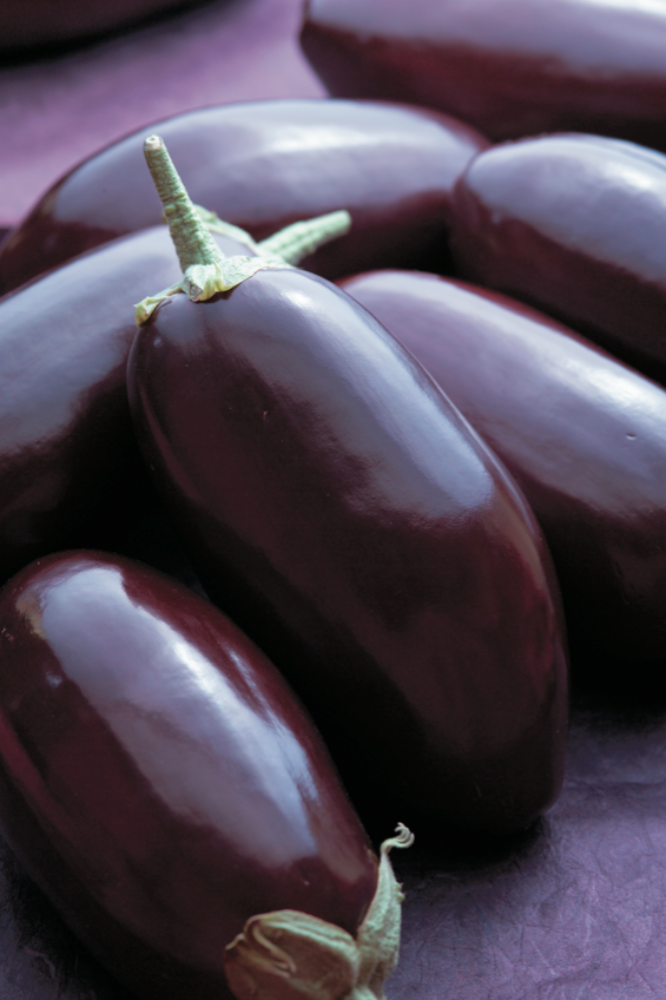Eggplant

Eggplant/Otahua
Availability
Purple varieties are available all year round with most plentiful quantities from November until June. Other varieties have a more limited supply.
Storage and Handling
Store in the refrigerator. Handle all fresh produce with care and wash before eating.
History
Also known as the aubergine, eggplant is very common in Southern European countries where it is highly prized. The Greek put eggplant in a traditional recipe called moussaka, the French in their traditional recipe, ratatouille, and the Turks in imam bayildi.
Facts
- Actually a fruit, eggplants contain many fine seeds
- Several varieties of eggplant are available in New Zealand
- Skin colours range from a deep purple, almost black, to a light purple with creamy streaks to all white. A green-yellow ‘banana’ eggplant and small Thai green eggplants no larger than marbles can sometimes be found
- Shapes are also variable, from the more commonly found pear shaped to long and thin cylindrical shapes
- The most commonly found variety is the deep purple pear shaped eggplant
Growing Facts
- Plant from October to December
- Eggplants have a long growing time in can be harvested after 90 to 110 days
- Growing conditions can affect the colouring, for instance, a white eggplant may be all white if grown indoors but would have purple streaks if grown outdoors
- Eggplants require full sun, regular water and well-drained soil
Nutrition Information
Eggplant has a source of dietary fibre.
You will find the full Nutrition Information Panel on the New Zealand Food Composition Data website. This website is owned jointly by Plant & Food Research and the Manatū Hauora Ministry of Health. This website holds the most comprehensive collection of high-quality nutrient data for New Zealand foods. The Database is managed and maintained by dedicated Plant & Food Research staff.





